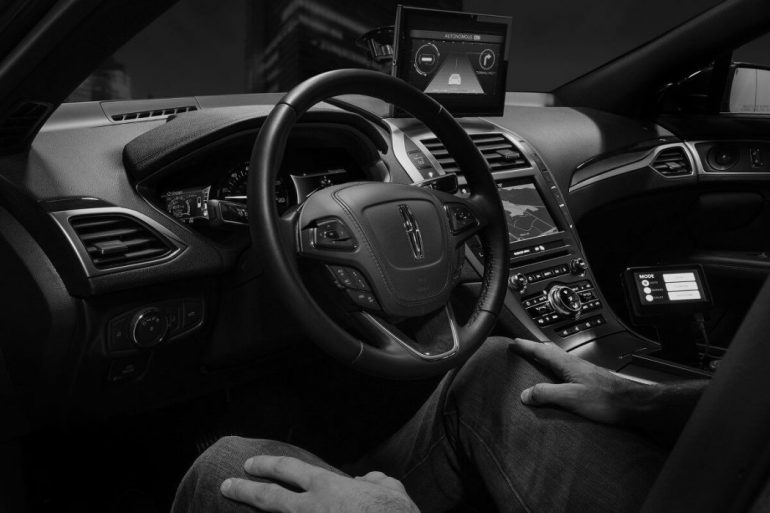BlackBerry has announced that its QNX software is now currently integrated in more than 150 million cars, representing an increase of 30 million cars since the company reported on its automotive footprint last year.
“As this milestone proves, BlackBerry’s footprint in the automotive industry has never been stronger.”
– John Chen
BlackBerry QNX said its automotive cybersecurity technology is used by automotive original equipment manufacturers and Tier 1 suppliers in advanced driver assistance systems, digital instrument clusters, connectivity modules, handsfree systems, and infotainment systems. Its software appears in car models from brands like Audi, BMW, Ford, General Motors, Honda, Hyundai, Jaguar Land Rover, KIA, Maserati, Mercedes-Benz, Porsche, Toyota, and Volkswagen.
“As this milestone proves, BlackBerry’s footprint in the automotive industry has never been stronger,” said John Chen, executive chairman and CEO of BlackBerry. “The world’s leading automakers, tier ones, and chip manufacturers continue to seek out BlackBerry’s safety-certified and highly-secure software for their next-generation vehicles. Together with our customers, we will help to ensure that the future of mobility is safe, secure and built on trust.”
The BlackBerry QNX Autonomous Vehicle Innovation Centre (AVIC) was created to develop connected and autonomous vehicles tech, independently as well as in collaboration with private and public sector organizations and research institutes. BlackBerry QNX technology includes QNX Neutrino OS, the QNX Platform for Advanced Driver Assistance Systems, QNX OS for Safety, QNX CAR Platform for Infotainment, QNX Platform for Digital Cockpits, QNX Hypervisor 2.0, and QNX acoustics middleware.
RELATED: Future of AutoTech panel tracks industry’s fast-paced evolution
Based in Ottawa, BlackBerry QNX has provided software for embedded systems since 1982. The QNX product was originally developed by Canadian company Quantum Software Systems, later renamed QNX Software Systems. It was acquired by BlackBerry in 2010. The vast majority of QNX software products that are integrated and used in automotive engine control units are licensed on a per-unit basis.
In May, Invest Ottawa, the Government of Ontario, and other strategic partners officially launched the Ottawa L5 Connected and Autonomous Vehicle (CAV) Test Facilities. The initiative was first announced in May 2018 when Invest Ottawa received a $5 million grant from the Autonomous Vehicle Innovation Network (AVIN) program. BlackBerry QNX contributed to the $6 million of in-kind contributions as one Ottawa L5’s partners.
In September, BlackBerry QNX launched an acceleration program with SaaS-based accelerator L-Spark to give companies access to QNX technology.
BlackBerry said it has worked with research and industry analyst firm, Strategy Analytics to confirm the number of QNX deployments based on the number of QNX products that are distributed to the automotive market and the number of cars that contain QNX software.
Image courtesy BlackBerry QNX


